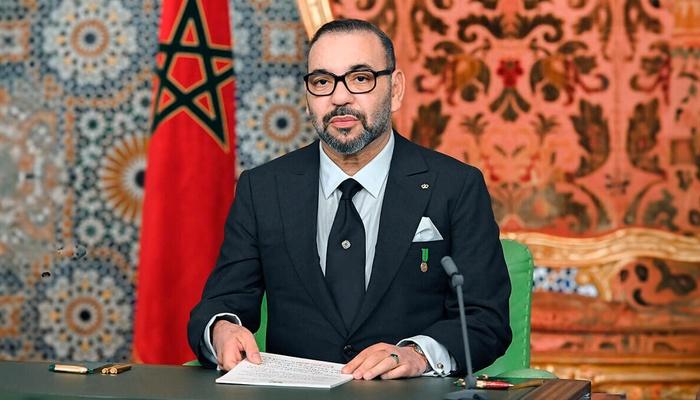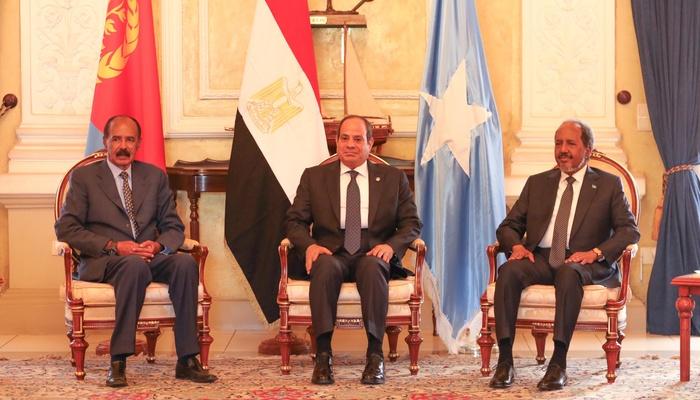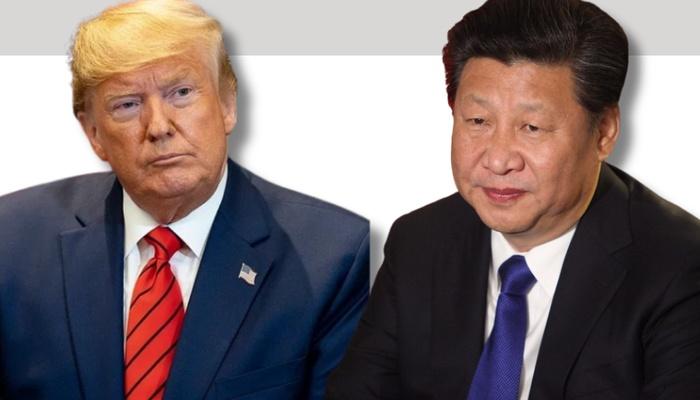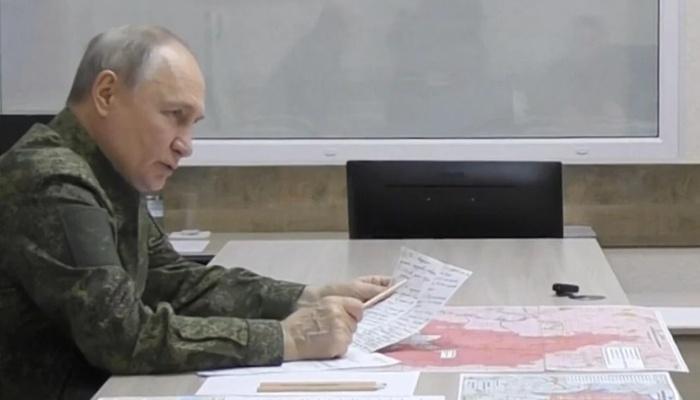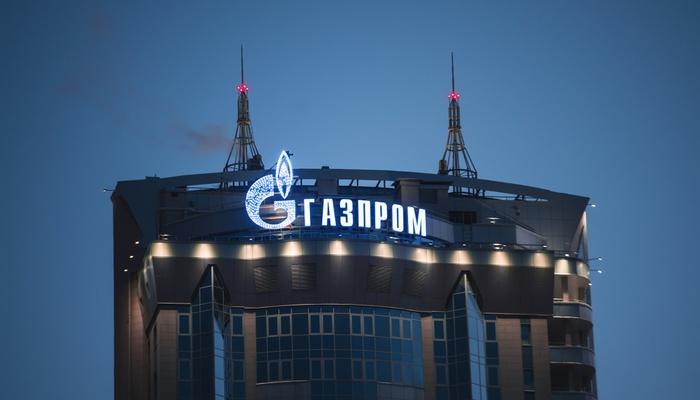Zapad 2017 and the anxiety of NATO
On the 14th of September, Zapad 2017, the joint strategic military drill between Russia and Belarus, started. The exercise, which is expected to last one week, will be mostly led by Moscow’s Armed Forces and will take place on the territory of Belarus as well as on the western military district of Saint Petersburg (that includes also the exclave of Kaliningrad). Zapad, “west” in russian, is part of a series of maneuvers that occur on a four-year basis since 1999 and that focus in rotation on a different front: western, eastern and central. The training generally comprises the deployment of aircrafts, units of the fleet, special forces and teams specialized in electronic warfare. Therefore, Russia will test its capability to deploy and command complex units in a combined arms simulation also through training activities and snap exercises.
Zapad 2017 has received and will continue receiving much more attention than the previous 2013 edition. This is explained by the fact that it represents the first important Russian training activity since the Ukrainian events of 2014 with the consequent annexation of Crimea. Since then, NATO considers Putin’s behavior towards Easter Europe as aggressive and threatening. Anxiety increases also given the key location of Belarus in the Baltic area. The Country, in fact, borders with the Allies Latvia, Lithuania and Poland, as such it is an indispensable springboard to eventual Russian offensive actions against the Baltic Republics.
Moscow and Minsk have defined the drill as defensive in nature and aimed at improving their military preparation in facing a possible terrorist threat. In order to avoid misunderstandings and worries, the Belarusian President Lukashenko has underlined that the training activities, or war games as they have also been called, will be carried out in the middle of the Country and, therefore, far from NATO borders. The Kremlin, on its side, will take advantage of Zapad 2017 for reinforcing its coercive credibility towards the West, the United States in particular. The war games, in fact, will help remarking Russian deterrence capacity, understood as the ability of integrating military and non-military capacities and tactical nuclear weapons, with the aim of shaping the decision making process of the adversary during the transition phase from a crisis situation to the explosion of a symmetric conflict. Moreover, considering that since Zapad 2013 the Russian Armed Forces have undergone impressive changes, as the implementation of the new battalion tactical groups (which increase the versatility and the fire power of the land forces), the goal of the current exercise is also to further training the personnel to operate in a theater of war.
It is evident that almost all armies in the world execute drills of this kind. Last July, in fact, NATO completed, under the U.S. guidance, “Sabre Guardian”, the biggest land forces military exercise carried out in Europe this year: 25.000 soldiers from 20 Countries conducted training activities on the territories of Hungary, Romania and Bulgaria. Nonetheless, Zapad 2017 generates worries because of tree main reasons. It is Russia’s custom to use war games as a diversion for real Armed Forces’ operations. In 2008, in fact, some of the units trained during the Kavkaz exercise were then deployed in the conflict against Georgia. Furthermore, drill activities were used for covering the Russian troops’ movements towards Crimea in February 2014. Russia’s destabilizing behavior of the past tree years, starting precisely from the annexation of Crimea, explains the second reason. The NATO-Russia relations have since then experienced an impressive decline, which has worsened with the Alliance’s deployment of four multinational battalion-size battlegroups in Poland, Estonia, Latvia and Lithuania. Finally, NATO’s anxiety is due to the size of Zapad 2017. While the Kremlin has declared that about 12.700 soldiers will take part in the exercise, in the West it is believed that the number is closer to 80.000. The data has emerged observing the line up of railway wagons, which is generally used to support the movements of heavy armored units. Both the Estonian Prime Minister, Jüri Ratas, and the German Defense Minister, Ursula von der Leyen, have raised the count to 100.000 soldiers, estimate on which also the NATO Secretary General, Jens Stoltenberg, agrees. Moreover, according to the Minister Von der Leyen, Zapad 2017 is intended to be a demonstration of Russian power towards NATO.
Following the recalculation on the effective number of Russian and Belarusian troops deployed for the drill, Moscow has been accused of not respecting the Vienna Document of 2011, promoted by the Organization for Security and Co-operation in Europe. The document provides that Countries conducting training activities involving more than 13.000 soldiers have to notify in advance the other signatory States and be open to observers. The presence of the latters is fundamental for understanding the progresses of the exercise as well as having the opportunity to talk to individual soldiers. Almost touching the limit, declaring 12.700 forces on the field, Russia has allowed tree international observers to monitor the developments of Zapad 2017. Such a compromised has been suffered and was preceded by a Belarusian invitation and a Russian aversion towards foreign presence during the drill. According to Secretary General Stoltenberg, by declaring an unrealistic number of the forces employed in the war games and allowing the presence of only tree observers, Moscow has circumscribed the obligations for transparency of military exercises as stated in the Vienna Document, therefore falling short of international obligations. On the opposite side, the Russian vice Minister of Foreign Affairs, Grigory Karasin, has defined the Allies’ statements as aimed at justifying the intensification of NATO activities along the perimeter of the Russian territory.
Given the traditional Russian ambiguity in providing clear information about its drills, Zapad 2017 is evidently creating strong anxieties among Member States and is also continuing increasing the tensions between Russia and NATO. In order to understand if the concerns are well founded, it is necessary to wait not only for the end of the exercise on September 20, but also the day in which Russian troops will leave the Belarusian territory, expected for September 30. Any further movement of Moscow, in fact, could only take place following the departure of international observes and a reduction in NATO’s alert status.
Considering, however, a Russian attack against the Baltic Republics as highly unlikely, the worse plausible scenario sees Russian soldiers durably remaining in Belarus increasing Moscow’s influence over the Country. Nonetheless, this scenario seems quite improbable as well given the proverbial attention with which President Lukashenko defends the territorial sovereignty of Belarus against any possible external interference. It is therefore difficult that he would agree to host the Russian Armed Forces for a period of time longer than the one planned. To conclude, beyond the understandable apprehension of the Baltic Republics, Zapad 2017 should be considered as an occasion for the Atlantic Alliance for verifying the changes in the Russian military doctrine and the lessons learned by the Russian Armed Forces following the operations in Ukraine and Syria. This will contribute further focusing the Western military strategy towards Moscow.
